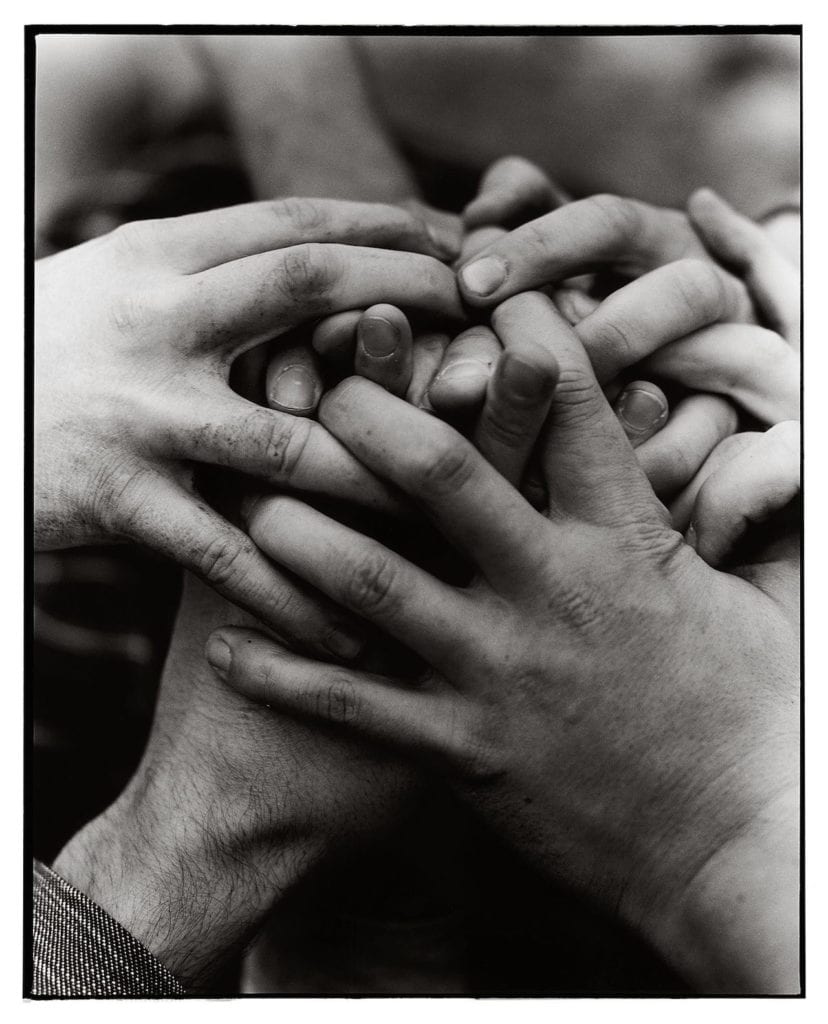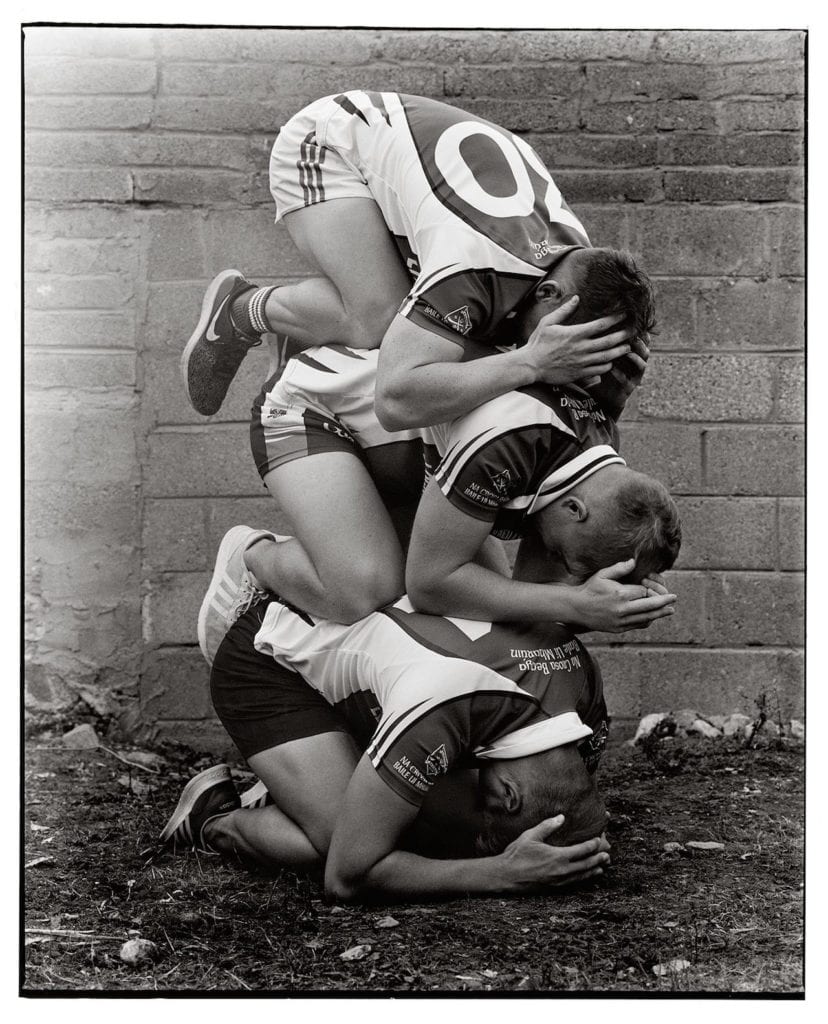Hurling, a sport of ancient Gaelic Irish origin, is the fastest game that can be played on grass. It combines the skills of baseball, hockey and lacrosse, and has been played for over 4,000 years. According to the people who live in Wexford, a country town in southern Ireland, where photographer Luis Alberto Rodriguez took part in an artists residency last year, hurling is “like a religion”. Many of the local teams have played together since they were young boys — “In a way, it’s like a family,” says Rodriguez.
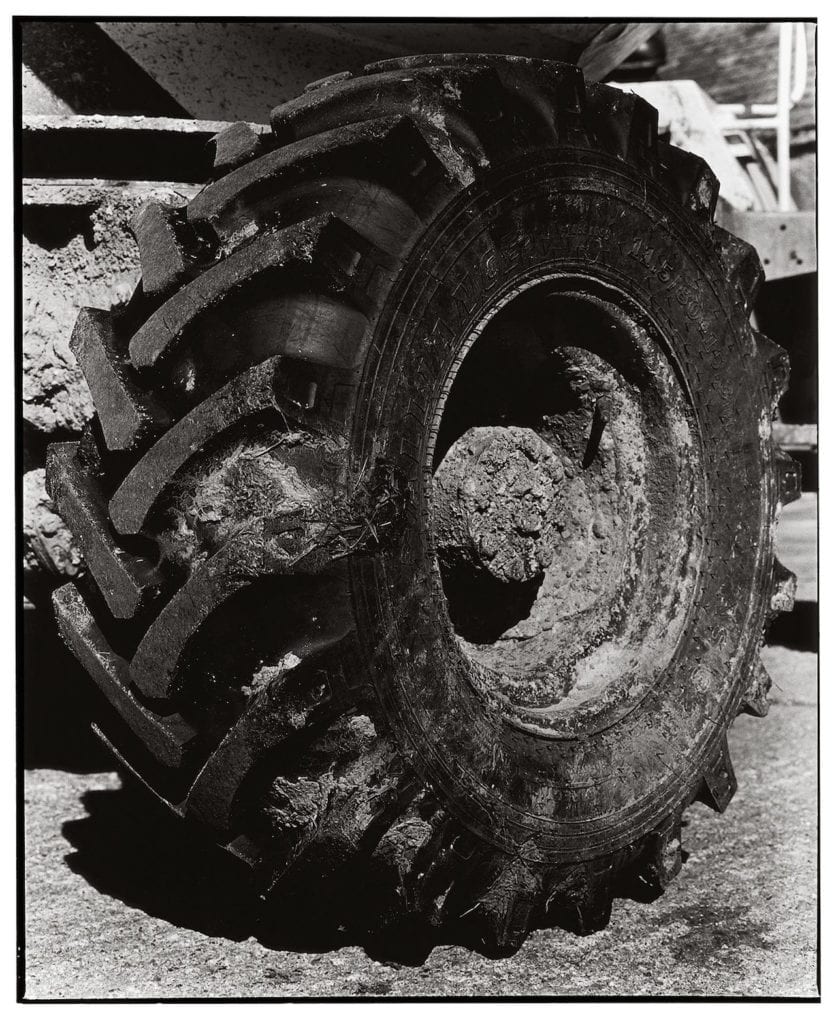
The sport, and the community surrounding it, became a large part of the photographer’s latest series, People of the Mud, which is now published in a photobook by Loose Joints. A former dancer for the National Theatre in Germany, Rodriguez’s big break in photography came after winning the Prix du Public at Hyères Photography Festival in 2017.
Last year, he was selected as one of British Journal of Photography’s Ones to Watch and was invited to take part in a two-month residency in Wexford, hosted by PhotoIreland festival. The brief was to create a project about Irish cultural heritage, but as a born-and-raised New Yorker with Dominican heritage who had never been to Ireland, Rodriguez was uncertain of what to photograph.
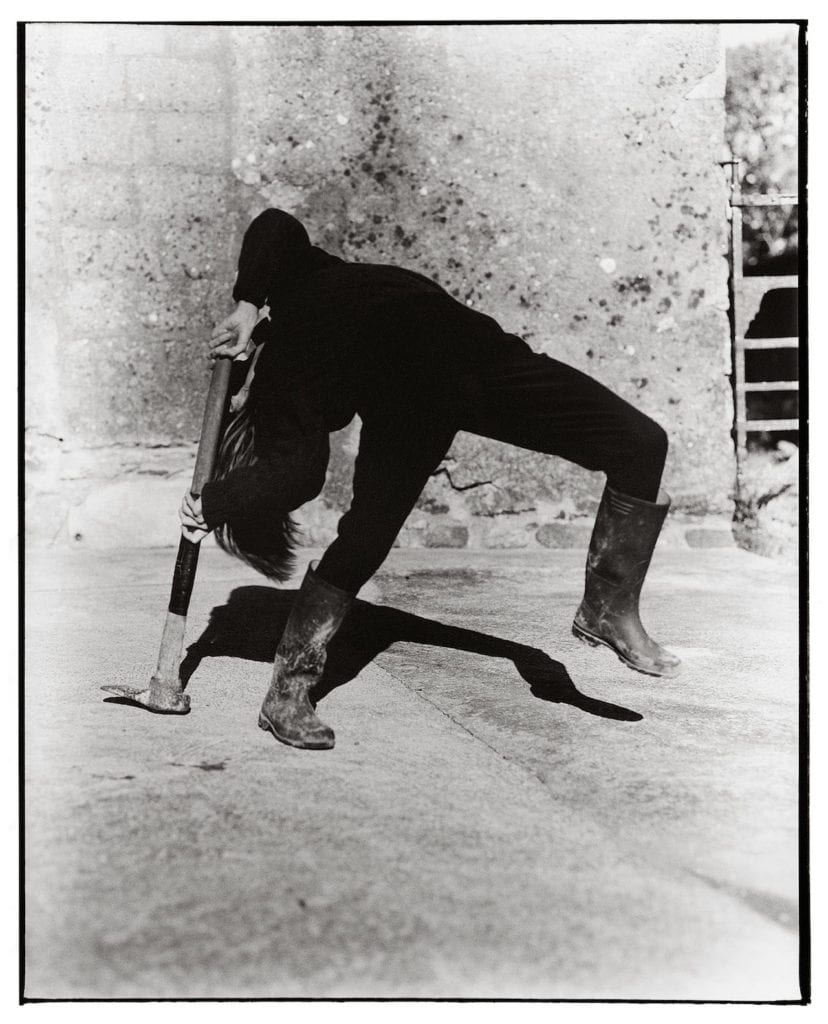
His first seed of inspiration was large families: “I was thinking it would be amazing if I had a whole family wrestling,” says Rodriguez, “like a classic family portrait, but to have them so close and with so many people that it feels almost suffocating“. However, the idea did not materialise in the way he imagined. “When I got there, I realised that even though people are close emotionally, they weren’t so comfortable with being physically close”.
When Rodriguez discovered hurling, he was immediately taken by the forms that took shape during the sport. “There is a lot of intimacy that happens during those moments that I’m not even sure that they are aware of,” says the photographer, who started watching videos of games on YouTube.
“Sometimes when you freeze the video, it was like a loving relationship, other times it was a total war,” he says. “I started to take that physicality that they use on the field to focus on relationships of intimacy between the players.” Inspired by the freeze frames, Rodriguez began working with the players, using his experience as a dancer to direct them into intimate compositions that reflected the tight camaraderie they have on the field.
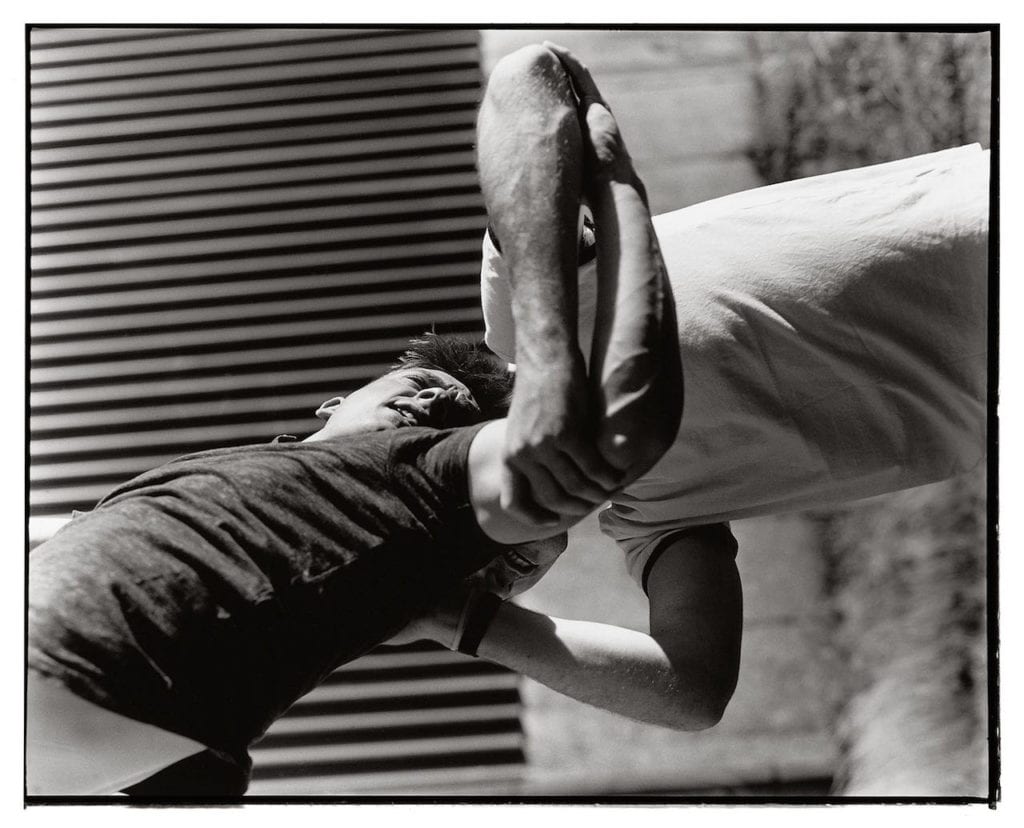
From there, the project took off: Rodriguez was introduced to the town’s traditional Irish dancers, and families who had been farming on the same land for hundreds of years. He began photographing the wider agricultural community, using their bodies, tools, and produce to create black-and-white images that feel both sensitive and dynamic. “I was focusing on physicality, the form and the tools, to make up a larger body — like a strong machine,“ says Rodriguez. “In the end, it became a large portrait of the community.”
Underlying every part of the project, from its concept to its images and name, are the ideas of origins and roots. The title, People of the Mud, is inspired by the town’s Viking name, Waesfjord, which means ‘inlet of the mud-flats’. Even though Rodriguez photographed the place, its people, and their traditions, his project goes far beyond just documentation: it captures the essence of a community and its heritage.
People of the Mud by Luis Alberto Rodriguez is published by Loose Joints.
—

